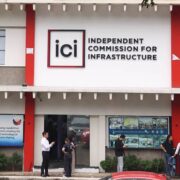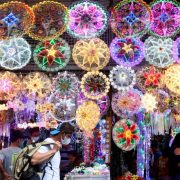Balayan heritage town beckons
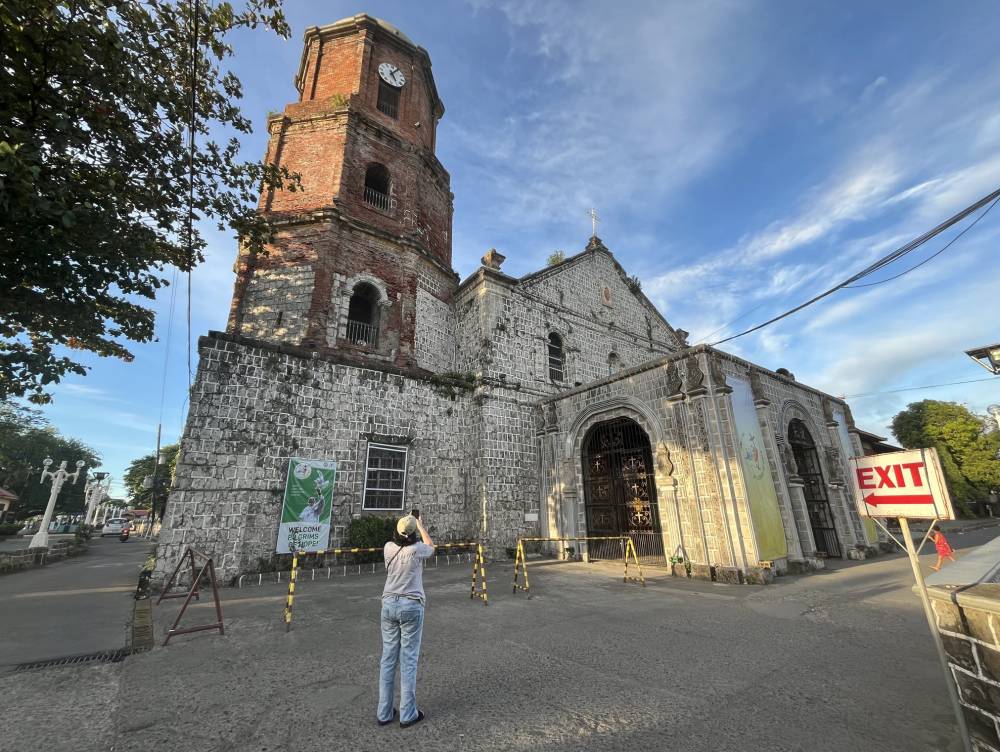
It is already past 6 p.m., but outside the chapel of Senior (also Señor) Nazareno in Balayan, Batangas, devotees are still standing outside the fence and closed gate.
It is a normal sight every Friday, the only day the private chapel is open to the public (until 6 p.m.) for veneration of the antique image of the dead Christ. The image is said to be miraculous, with visitors coming not only from the town or province but from other parts of the country as well.
This tradition is just one of many intangible cultural heritage assets this old town has, which is also widely known for its parada ng lechon (parade of whole roasted pig) held yearly on the feast day of San Juan Bautista, the saint associated with many water customs in the country. Along with the parade is the practice of water dousing among community members and visitors.
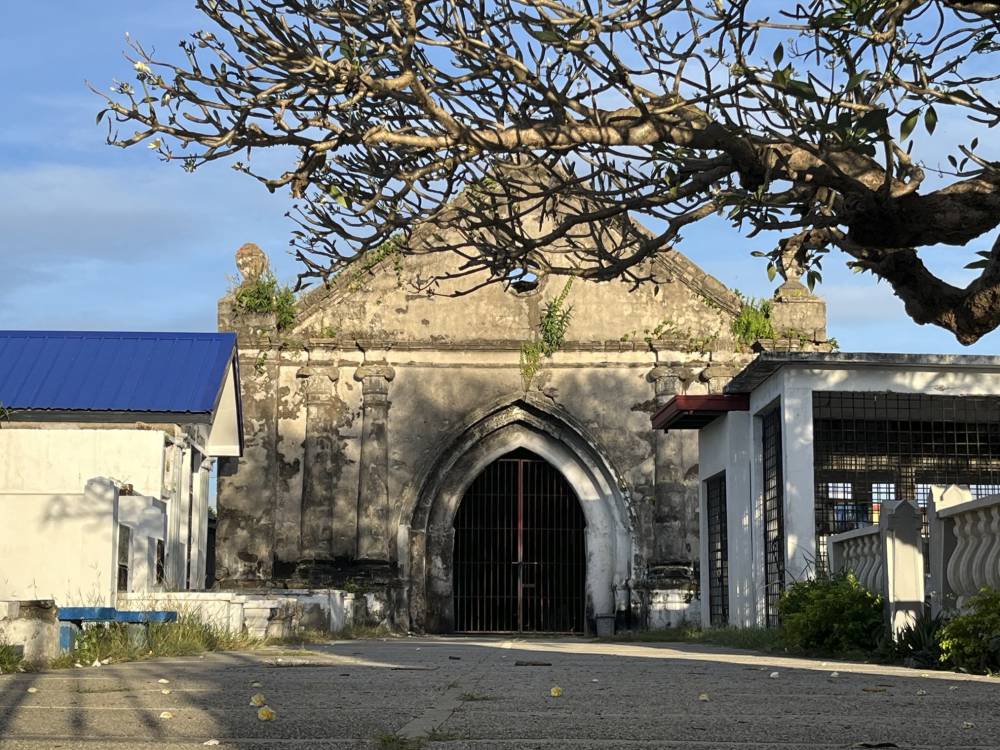
Balayan, the first capital of Batangas province from 1697 to 1732, is also known for its bagoong (fermented fish sauce) and the quintessential Holy Week processions, passing by its grand ancestral houses.
It is a heritage town with many built heritage properties dating back to the Spanish and American periods as well as the mid-20th century.
Foremost is its present church dedicated to the Inmaculada Concepcion and built by the secular clergy in the late 18th century.
Built from 1749 to 1795, the church and its convent was fortified with walls constructed by the seculars who also built a watchtower on a hill after the pirate raid of 1754.
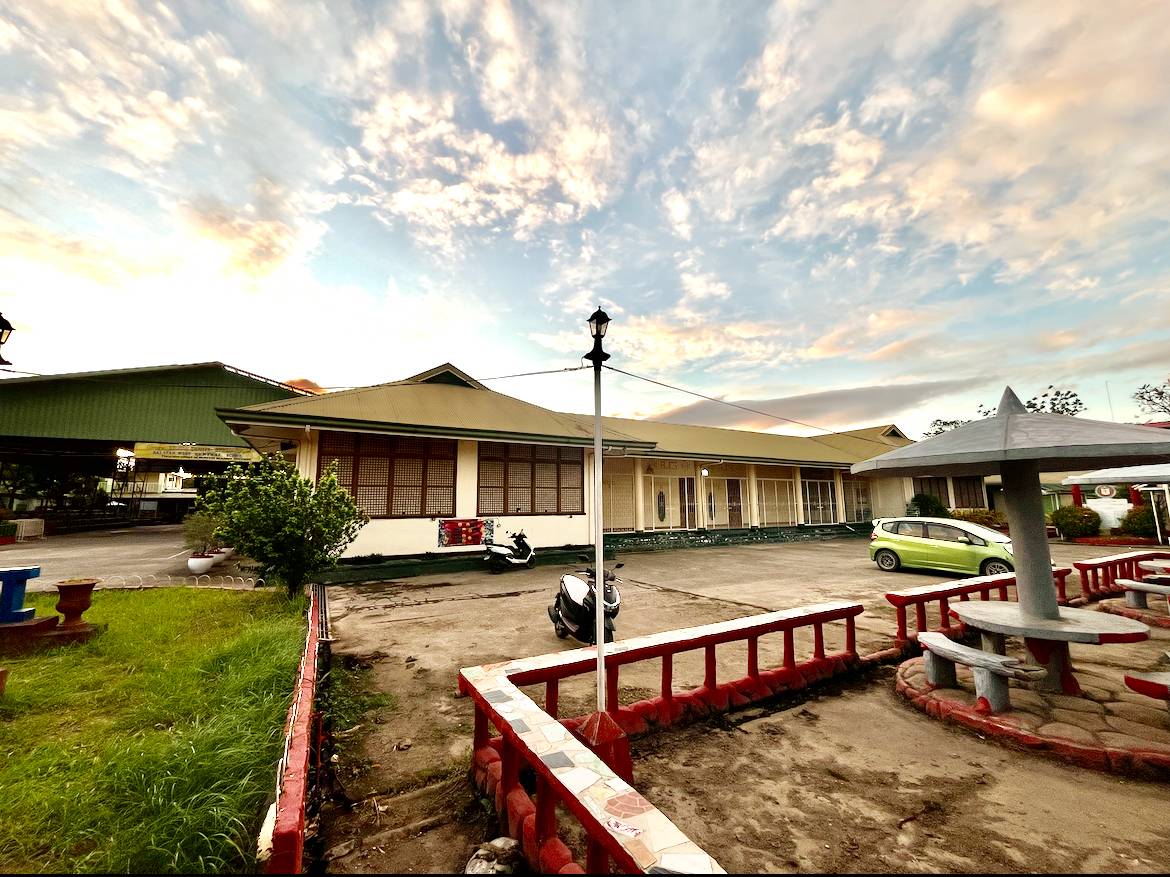
Grand cemetery
The fortification was demolished sometime in the 1840s, the remnants of which are now a low perimeter wall.
The secular clergy administered Balayan from 1753 to 1876 and after the Augustinian Recollects, from around 1896 to 1901.
Previously encompassing the present towns of Nasugbu, Lian, Calatagan, Tuy, and the city of Calaca, Balayan was first administered by the Augustinians, followed by the Franciscans and the Jesuits.
The old convent was torn down and replaced in 1857 with a new one, now the Immaculate Conception College.
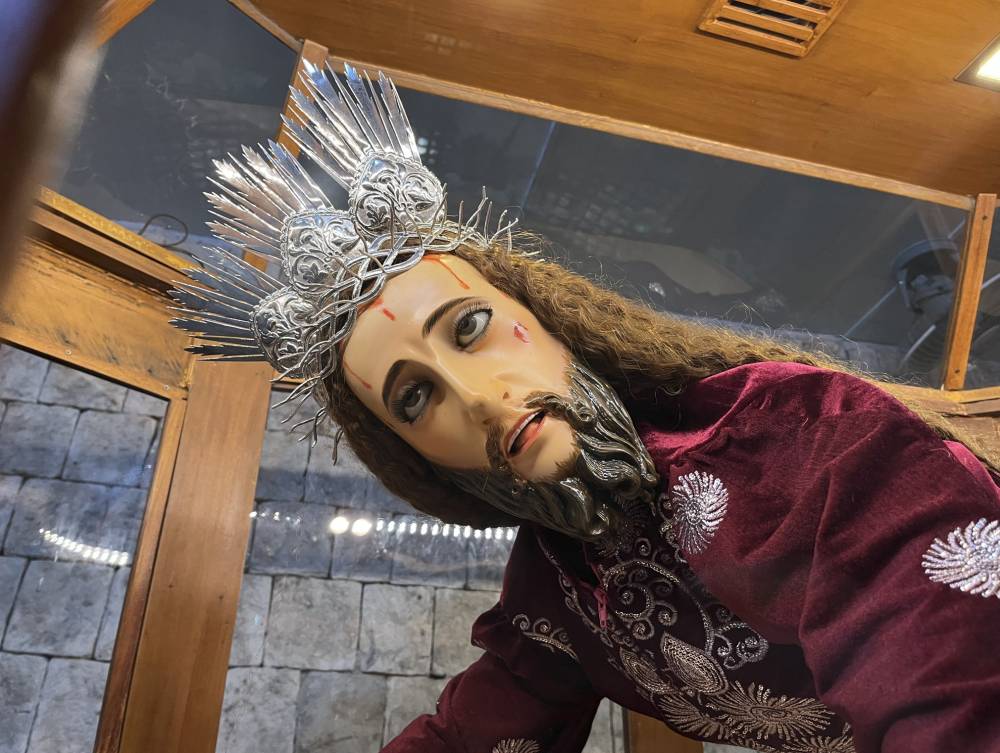
The materials from the old convent were reused in the construction of the cemetery located on an elevated ground on what is now Paz Street. These perhaps include the retaining walls, the grand staircase, and the mortuary chapel located at its center.
The cemetery is the grandest of many Spanish-era burial grounds in the province of Batangas.
Repairs were made in the church complex during the second half of the 19th century as a result of earthquakes in the 1860s and 1880s.
In 1892, the third and fourth levels of the belfry were repaired using bricks but the fourth level was damaged. It was restored using bricks after 2003.
Inside the church are the old retablo, pulpit, and flooring made of colorful and black and white tiles.
The church was marked by the then National Historical Institute in 1986 and declared a National Cultural Treasure by the National Museum in 2001.
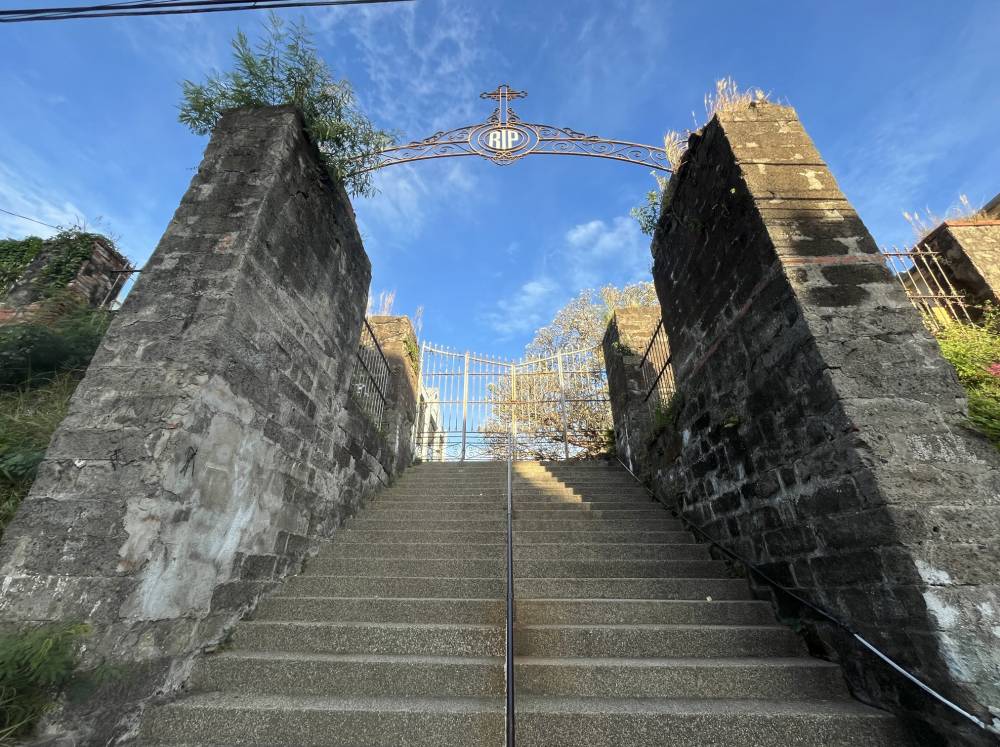
Ancestral houses
The convent served as the casa real or the center of government and tribunal (court) during the Spanish colonial period.
Near the convent is the old presidencia (seat of government) of Balayan, now its municipal hall, built during the American period.
Across the municipal hall building is the Mariano Martinez House or Casa Cacao Filipina, one of the many ancestral houses located on Fraternidad, Fe, Antorcha, and Union streets, all in the poblacion. The house is called as such as the family who owned it had a cacao business.
At the corner of Putol and Paz streets is the rather decrepit Telesforo Chuidian (now Apacible) house, notable for its wide capiz windows and walls with bamboo slat markings indicating how it was used to hold the palitada (plaster) during construction.
Beside it is another impressive bahay na bato with its zaguan (lower level), now a beauty salon.
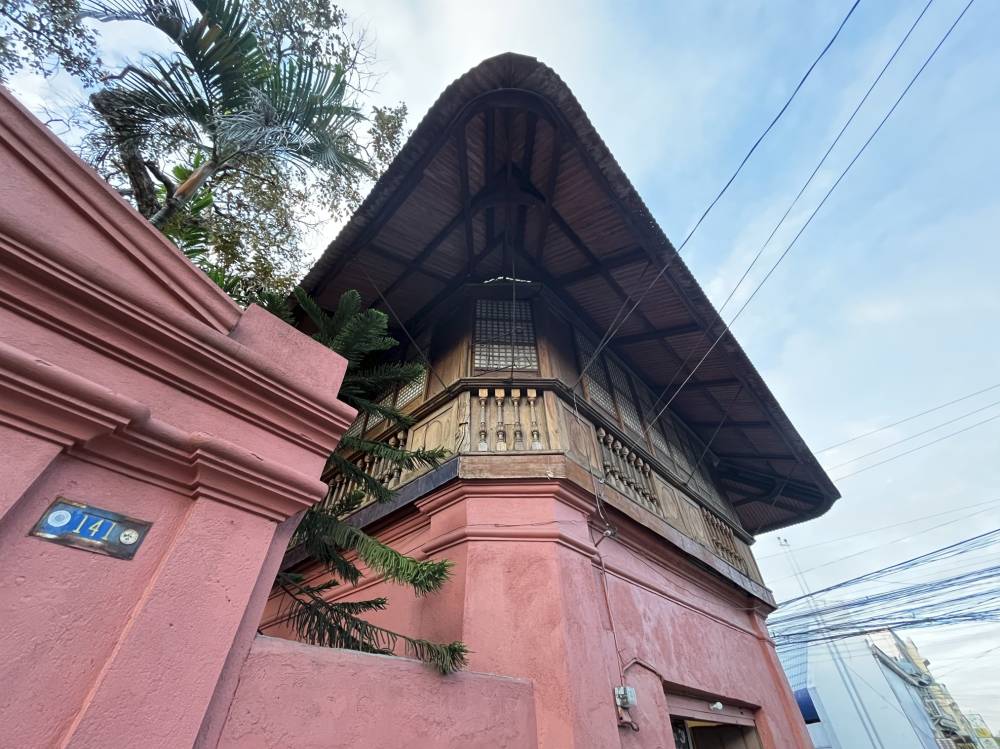
Framing the two corners of Union and Paz streets are the houses owned by the Ermita family and the Pedro Martinez House. The latter is characterized by its Neo-Gothic doorways popular in the ancestral houses of Balayan, Taal, and Batangas City, as well as its Spanish-era gate and kinalabasa (squash-shaped) balusters.
At the corner of Antorcha and Don Sixto streets is another important bahay na bato owned by the Lopez family. The house has two markers from the then National Historical Institute for siblings Sixto Lopez (1863-1947) and Clemencia Lopez (1872-1963) who were both anti-US imperialists.
Nearby on Antorcha Street are the houses of the Martinez family (ancestors of actor Leo Martinez) and two with Art Deco elements.
Also on the same street is the quaint Vivencio Ramos House that has undergone changes but retains much of its character.
Other structures
Apart from old houses, Balayan also has at least two heritage school buildings located inside the Balayan East and Balayan West central schools on Paz Street.
Located across each other, the schools still have their original Gabaldon-type buildings which look nicely preserved and maintained.
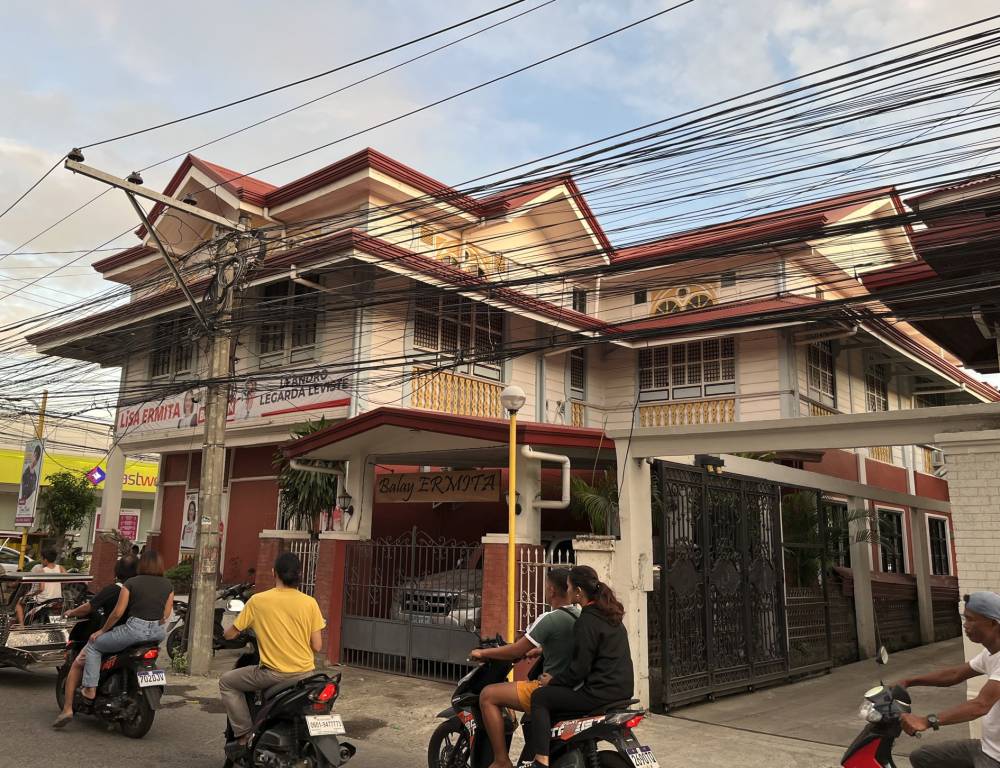
Outside the church complex are the monuments of Andres Bonifacio and Galicano Apacible, a physician, propagandist, nationalist, and former governor of Batangas.
Elsewhere in the población are many other ancestral houses needing thorough documentation.
The Señor’s chapel on Progreso Street is a heritage structure on its own as elements used in its construction came from an old house that used to stand in its place.
These include the doors, sala dividers, balusters, capiz windows reused as ceiling accents, newels as rail posts, corbels as altar accents, and coral stone blocks as wall cladding.





